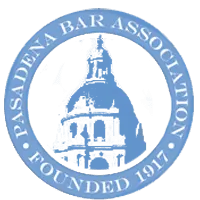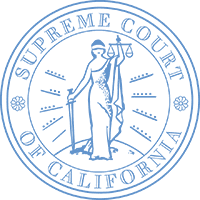Common Injuries from Ride-Sharing Accidents in San Bernardino Valley: A Legal Perspective
Ride-sharing services have transformed the transportation landscape, offering convenience and accessibility. However, with this increase in usage comes a rise in accidents involving ride-sharing vehicles. Understanding the common injuries associated with these incidents, as well as the legal implications, is crucial for victims seeking justice and compensation.
Common Causes of Ride-Sharing Accidents
Accidents involving ride-sharing vehicles can occur due to various factors:
-
Distracted Driving: One of the primary causes of accidents is distracted driving. Drivers may be preoccupied with navigating their apps or communicating with passengers.
-
Speeding and Reckless Driving: In an effort to maximize earnings, some drivers may engage in reckless behavior, including speeding or aggressive lane changes.
-
Poor Vehicle Maintenance: Ride-sharing companies often require drivers to maintain their vehicles; however, neglecting routine maintenance can lead to mechanical failures that cause accidents.
-
Driving Under the Influence: Although ride-sharing aims to reduce drunk driving incidents, some drivers may still operate under the influence of alcohol or drugs.
-
Weather Conditions: Adverse weather conditions can significantly impact driving safety. Rain, fog, or snow can lead to slippery roads and reduced visibility.
Understanding these causes helps not only in identifying potential liability but also in raising awareness among both drivers and passengers about safe practices while using ride-sharing services.
Who is Typically Responsible?
Determining responsibility in a ride-sharing accident involves several layers of complexity:
-
The Driver: The most apparent party responsible is often the driver involved in the accident. If they were negligent—such as by texting while driving—they may bear liability for any injuries sustained by passengers or other road users.
-
The Ride-Sharing Company: Companies like Uber and Lyft have a responsibility towards their drivers and passengers. Depending on the circumstances of an accident (e.g., whether the driver was actively engaged in a ride), these companies may share liability under vicarious liability principles.
-
Third Parties: Other motorists involved in the incident might also be liable if their actions contributed to causing the accident.
In many cases, determining fault requires thorough investigation and understanding of traffic laws within California’s legal framework.
Steps to Take After an Accident
If you find yourself involved in a ride-sharing accident, it’s essential to follow specific steps:
-
Ensure Safety First: Check for injuries among all parties involved and move to a safe location if possible.
-
Call Emergency Services: Report the accident immediately by calling 911 for medical assistance if needed.
-
Gather Information: Collect contact information from witnesses and other parties involved, including insurance details.
-
Document Evidence: Take photos of vehicle damage, road conditions, license plates, and any visible injuries.
-
Report to Your Insurance Company: Notify your insurance provider about the incident as soon as possible.
-
Consult Legal Counsel: Seek advice from an attorney experienced in handling ride-sharing accidents to understand your rights better.
Taking these steps can help protect your interests should you decide to pursue compensation later on.
How These Companies Handle Accident Claims
Ride-sharing companies generally have protocols for managing claims arising from accidents involving their drivers:
-
Insurance Policies: Most major ride-share companies carry commercial insurance policies that cover accidents during active rides or when drivers are available for requests.
-
Claims Process: Victims typically need to file claims directly with either their own insurance company or through the ride-share company’s claims process depending on who was at fault.
-
Investigation Procedures: Companies will conduct internal investigations which may include reviewing driver logs, GPS data, and witness statements before making determinations regarding liability.
Understanding how these processes work can aid victims in navigating what might otherwise be a daunting experience after an accident.
What Victims Should Know About Seeking Compensation
Victims of ride-sharing accidents should be aware of several key points regarding compensation:
- Types of Damages Available:
- Medical expenses
- Lost wages
- Pain and suffering
-
Property damage
-
Statute of Limitations:
-
In California, personal injury claims must generally be filed within two years from the date of injury; however, exceptions exist that could affect this timeline based on specific circumstances surrounding each case.
-
Comparative Negligence Laws:
-
California operates under comparative negligence laws which means that if you are found partially at fault for an accident, your compensation may be reduced proportionately based on your degree of fault.
-
Importance of Documentation:
- Keeping detailed records related to medical treatments received following an accident will support any claim made against responsible parties effectively.
Navigating post-accident procedures can feel overwhelming; however, being informed empowers victims during this challenging time while ensuring they take appropriate actions toward recovery and compensation.
By understanding common injuries resulting from ride-sharing accidents along with their legal implications within San Bernardino Valley’s context ensures that victims are better equipped when facing such unfortunate events while maximizing their chances for fair compensation through proper channels available under California law.











